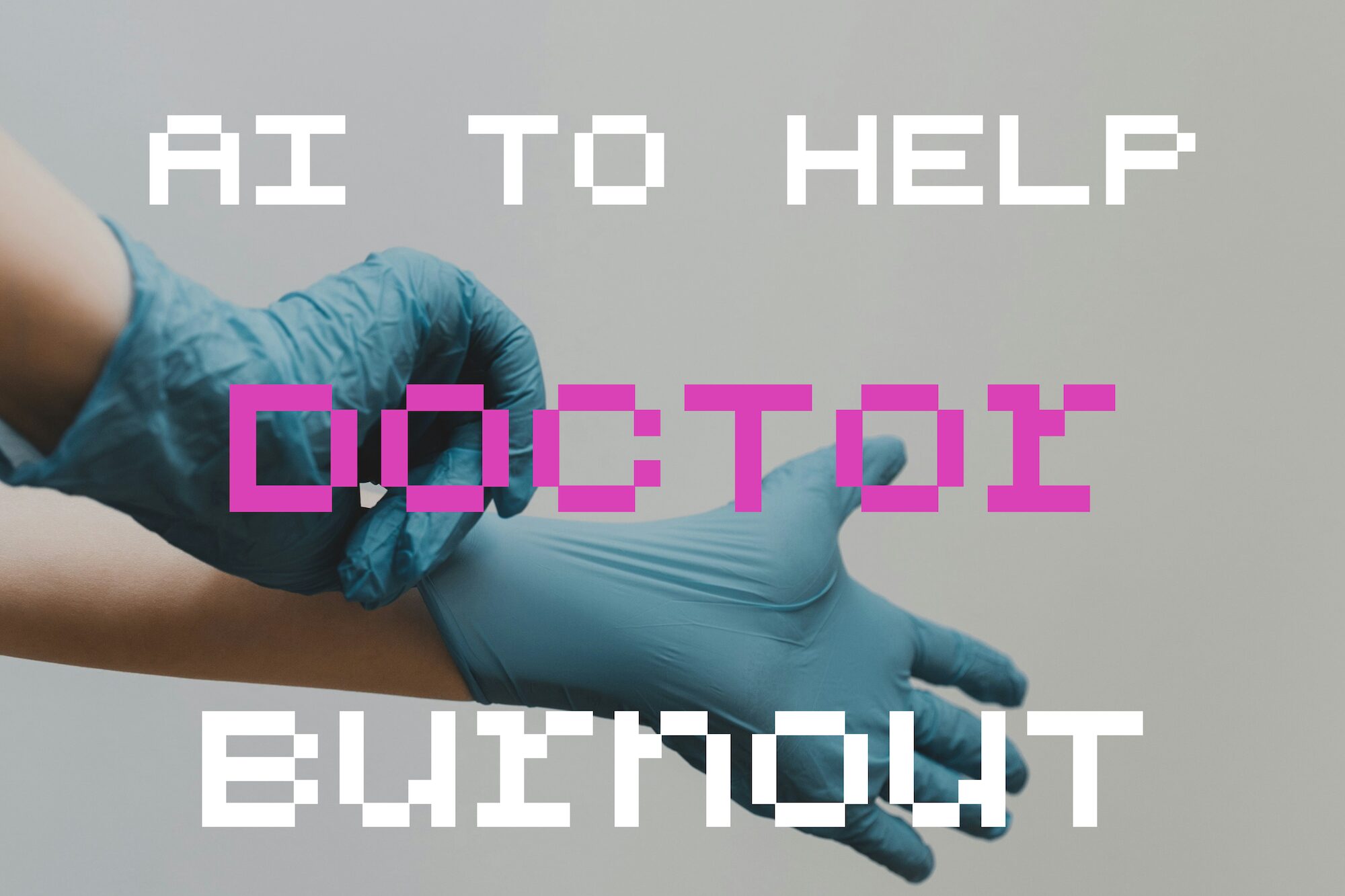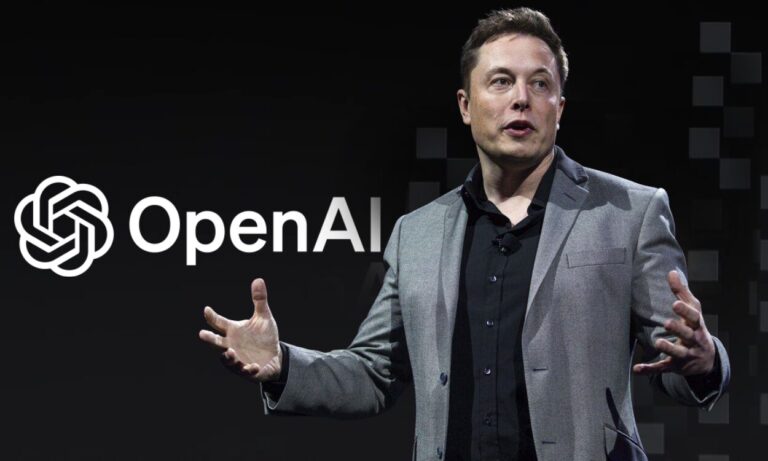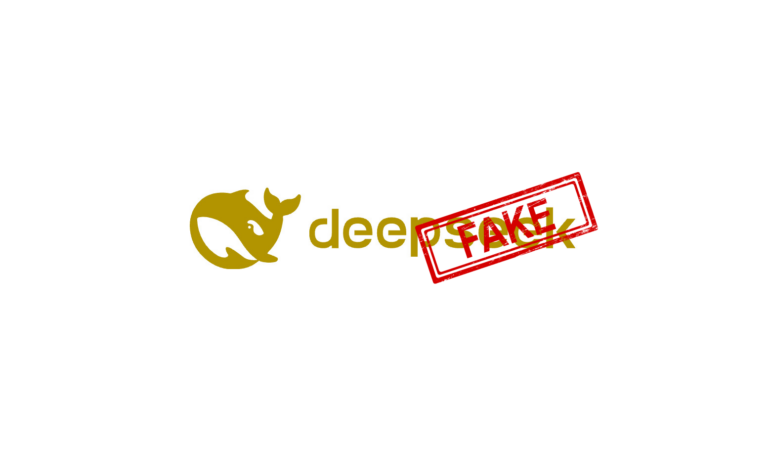The HIMSS conference in Orlando, Florida, became a pivotal stage for the unveiling of the latest advancement in healthcare technology: ambient clinical documentation. Drawing attention from over 30,000 health and tech professionals, this innovative approach is poised to restore the essence of healthcare – direct, meaningful interactions between doctors and patients.
Ambient clinical documentation leverages artificial intelligence to consensually record and transform doctor-patient conversations into comprehensive clinical notes and summaries. Spearheaded by industry giants like Microsoft's Nuance Communications, as well as emerging players Abridge and Suki, this technology aims to mitigate the administrative burdens plaguing physicians, thereby enhancing the quality of patient care.
Dr. Shiv Rao of Abridge illuminated the profound impact of this technology, emphasizing its ability to allow healthcare providers to dedicate their full attention to the patient, streamlining the process of note-taking and order placement. This innovation comes as a response to the alarming rates of physician burnout, primarily attributed to the extensive paperwork and clerical tasks that extend well beyond regular working hours, often invading personal time.
The adoption of ambient clinical documentation signifies a major leap forward in the application of generative AI within healthcare, targeting administrative efficiencies as a key area for improvement. Microsoft’s Nuance Communications (read more about Microsoft’s acquisition of Nuance) has been at the forefront, with their Dragon Ambient eXperience (DAX) Express evolving into DAX Copilot, now utilized by over 200 organizations. This tool not only saves valuable time per patient encounter but also has profound personal impacts, with doctors reporting improved work-life balance and even prolonging their careers.
Stanford Health Care’s deployment of DAX Copilot across its enterprise further validates the tool’s effectiveness and user-friendly design. With a staggering 96% of physicians attesting to its ease of use, the integration of such technology within existing electronic health record systems, like Epic Systems, marks a significant stride towards reducing the clerical load on healthcare providers, allowing them to refocus on patient care.
The rapid growth and acceptance of ambient clinical documentation technologies underscore a historic shift in healthcare, driven by the urgent need to address physician burnout and improve clinical efficiencies. With companies like Abridge securing significant funding to advance the capabilities of these technologies, and Suki witnessing a surge in demand, the future of healthcare technology looks promising, with ambient clinical documentation leading the way towards a more efficient, patient-centered healthcare system.










